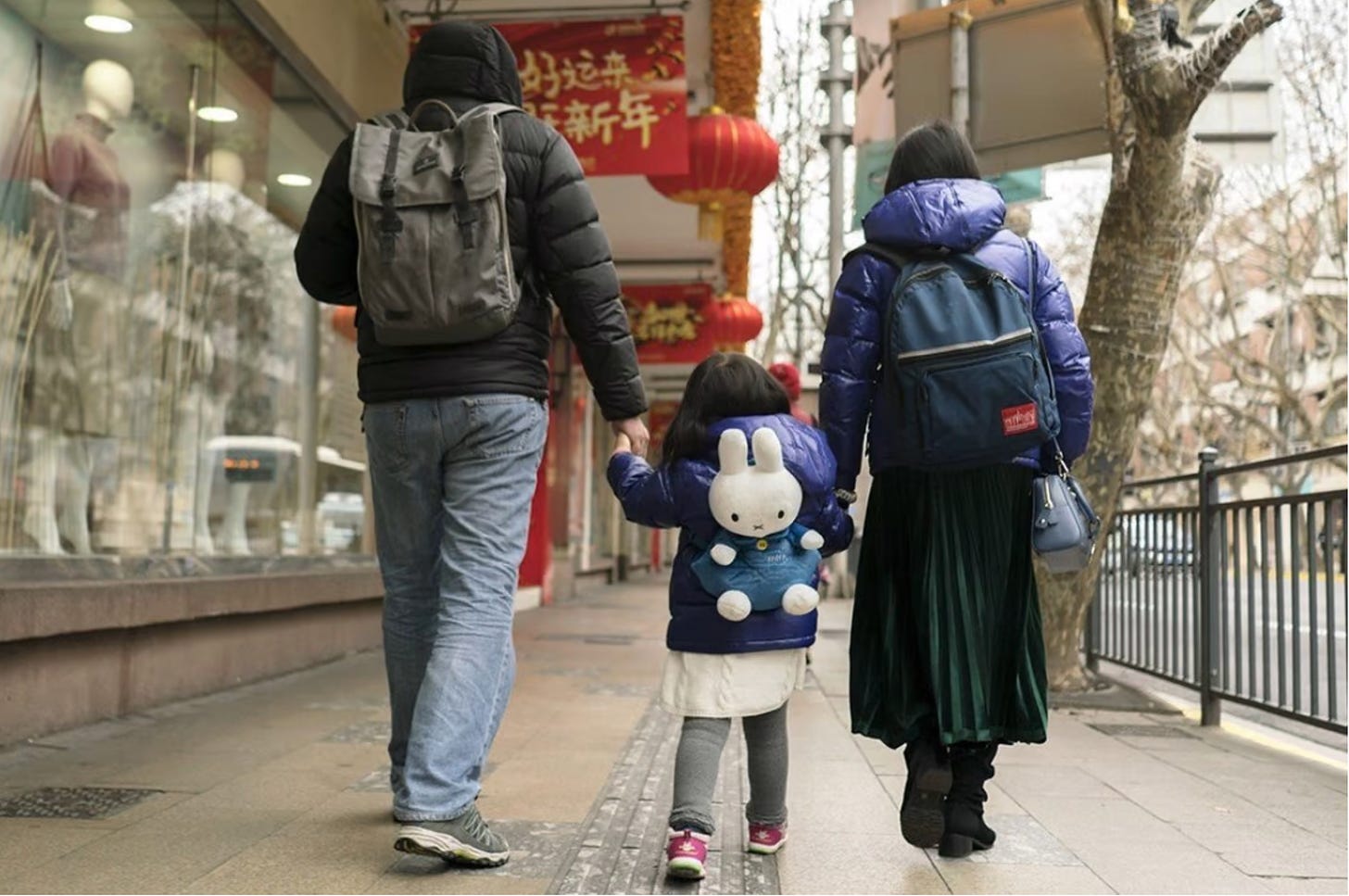
Yesterday’s overturn of Roe v. Wade got me thinking about the irony of such a ruling, when compared to the one children policy in China from 1980-2015, which enforced abortions.
When in the world?
China’s one-child policy was rolled out in 1980 by Deng Xiaoping and was strictly enforced after the population had increased to 969 million in 1980 from 540 million in 1949.
It was enforced by the National Health and Family Planning Commission, with a system of fines for violators and often forced abortions. Civil servants and employees of government-affiliated organizations, including universities, risked losing their jobs if they were found to have had more than one child.
The Family Planning Policy was enforced through a financial penalty in the form of the "social child-raising fee," sometimes called a "family planning fine" in the West. If the family was not able to pay the fee, then their child would not be able to obtain a "hukou," a legal registration document that was required in order to marry, attend state-funded schools, or to receive health care.
Why in the world?
The one-child policy aimed to address overpopulation, as well as poverty alleviation and increase social mobility by consolidating the combined inherited wealth of the two previous generations into the investment and success of one child.
The population control program had wide-ranging social effects, particularly for Chinese women. Patriarchal attitudes and a cultural preference for sons led to the abandonment of unwanted infant girls, many died and others were adopted abroad.
Over time, this skewed the country's sex ratio toward men. China now has an estimated pool of surplus men between 20 and 40 million.
The policy also resulted in greater workforce participation by women who would otherwise have been occupied with childrearing, and some girls received greater familial investment in their education.
What in the world?
By the turn of the 21st century, China’s fertility was well below the replacement level, and China began to face the mounting pressures associated with continued low fertility.
In 2013, China announced a partial policy relaxation that allowed couples to have two children if one parent is an only child. Among the estimated more than 11 million couples who were eligible to have a second child under the new rule, only 1.69 million had applied as of August 2015, accounting for 15.4 percent of such couples.
In 2016, all couples were allowed to have two children.
In May 2021, restrictions relaxed even more, allowing women to have up to three children.
The new “three-child policy” received generally lukewarm responses. Many Chinese couples say they prefer not to have multiple children due to the rising cost of child rearing.
All restrictions were lifted in July 2021, allowing Chinese couples to have any number of children.
In the end, in the US or in China, it is women who bear the pain of these policies, whatever their rationale (economic, religious, constitutional). It was Chinese mothers who endured forced abortions, Chinese daughters who were given away for adoption, and now it is American women who are losing their freedom to choose what to do with their bodies.
Further Reading:
Brookings: The end of China’s one-child policy
China’s one-child policy: what was it and what impact did it have?



